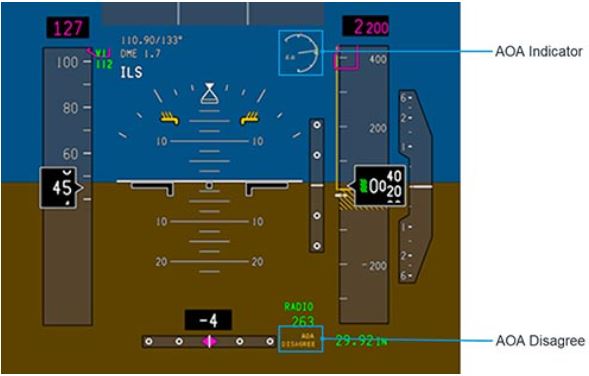OOKKK
I just found this thread and honestly, it's one of of the few ever that I've ever trad from beginning to end that is multiple pages long.
I liked it because there were a lot of good questions and answers.
While not a pilot, I've been interested in and involved in aviation for more than 40+ years and have probably read every accident report that I ever knew about.
In 1981, I was a member of an Air Force accident investigation board that convened for 30 days a Luke AFB.
I was fascinated with the process and how our diagnosis evolved over those 30 days, first from input of the NSTB, then from two Boeing engineers, who were able to finally put all the pieces of the puzzle together.
I think in the this whole 737 MAX issue there are a number of issues, factors which help to obscure the issue.
The first is that there are many assumptions that are either not mentioned or ignored because they are "obvious", but in this case may not be.
The second is that it seems to me that there are many, even in aviation journalism, who don't really seem to understand the issues they are talking about coupled with some pilots who while they may understand the differences in the Max vs the NG, don't to enough to articulate those differences.
I'm a Boeing-phile, since I first arrived in Seattle in the fall of 1969 and saw all those 747's lined up on Boeing Field. Airbus' rush to automation and reduction of pilot influence has only strengthened by pro Boeing sense.
But no matter how one looks at it, Boeing made a computer program to make the MAX fly like the NG and then didn't really tell anyone about it.
And yes, American pilots and certification is certainly better than any place else, even Western Europe in my mind, but still.
American and Southwest who are the main USA users opted for the "warning option of AOA failure".
Oops, how was third world country supposed to know they needed that?
Seevee, made a real interesting quote:
"- One of the things mentioned is that the aircraft was traveling at high speed at the end. With the trim full nose down (according to the jackscrew) the crew may not have the physical strength to pull the nose up or to hold it up for any length of time (even with both pilots pulling with both feet on the panel).
- The emergency checklist has a drill for trim runway. However, the first thing on the page is that the drill applies if the trim is "Uncommanded stabilizer trim movement occurs continuously." The MCAS does not operate the trim continuously, it does it intermittently. This is a subtle difference, but might cause less experienced pilots to think that this drill is not applicable to operation of the trim due to a MCAS fault. The pilots should be trained to use the runway trim drill any time the trim is not working as they expect."
So two things stand out for me. Here we see for the first time, that the pilot could not physically overpower the controls of a Boeing plane, as I would think many pilots thought they could?
Second, that little word, "continuously", is not a minor issue. Even if you had been flying a plane for a long time. AS I UNDERSTAND IT, that once the pilot used the column mounted trim switch to counteract the MCAS trim down, the pilot adjusts the trim and everything is great for 9 (or 5?) seconds. So it's not runaway trim, which every pilot is trained to deal with.
what's happening now is trim goes 2.5 degrees nose down, pilot manually changes using yoke mounted trim, everything is OK, until 9 second later, then trim does not go another 2.5 degrees but instead, (if I understand correctly, goes from the PREVIOUS reading, ANOTHER 2.5 degrees).
Thus they get into a pattern in which the plane is being pitched down in an increasing rate.
Not the easiest pattern to understand.
Lastly, this generation is not us.
Many of you know that besides being an Meteorologist, I'm also an educator.
I learned to calculate using a slide rule. To use a slide ruler correctly, one must understand magnitudes, as well as significant digits.
Thus to multiply 101x11, I had to know that the answer should be near 1,000 and the last digit should be a 1.
Today, kids are given, using calculators, which will tell them the correct answer, 1,111.
But the problem is many don't understand magnitudes or even when the answer makes no sense, thus on many tests, a simple question like the above results in ridiculous answers because they put the wrong numbers in the calculator or used the wrong factor thus resulting in an answer of 112,211.
New York State has good science and math standards, so these kinds of concept, magnitude tests were done all the time.
My point is our generation learned to fly, drive, etc in a non computer world, so we understand the concepts and can then apply them to the modern world using computers, calculators, etc.
The current generation missed that first step.
Boeing obviously felt, rightly or wrongly, that accidents would be minimized with less pilot awareness.
Sadly they are probably right.


